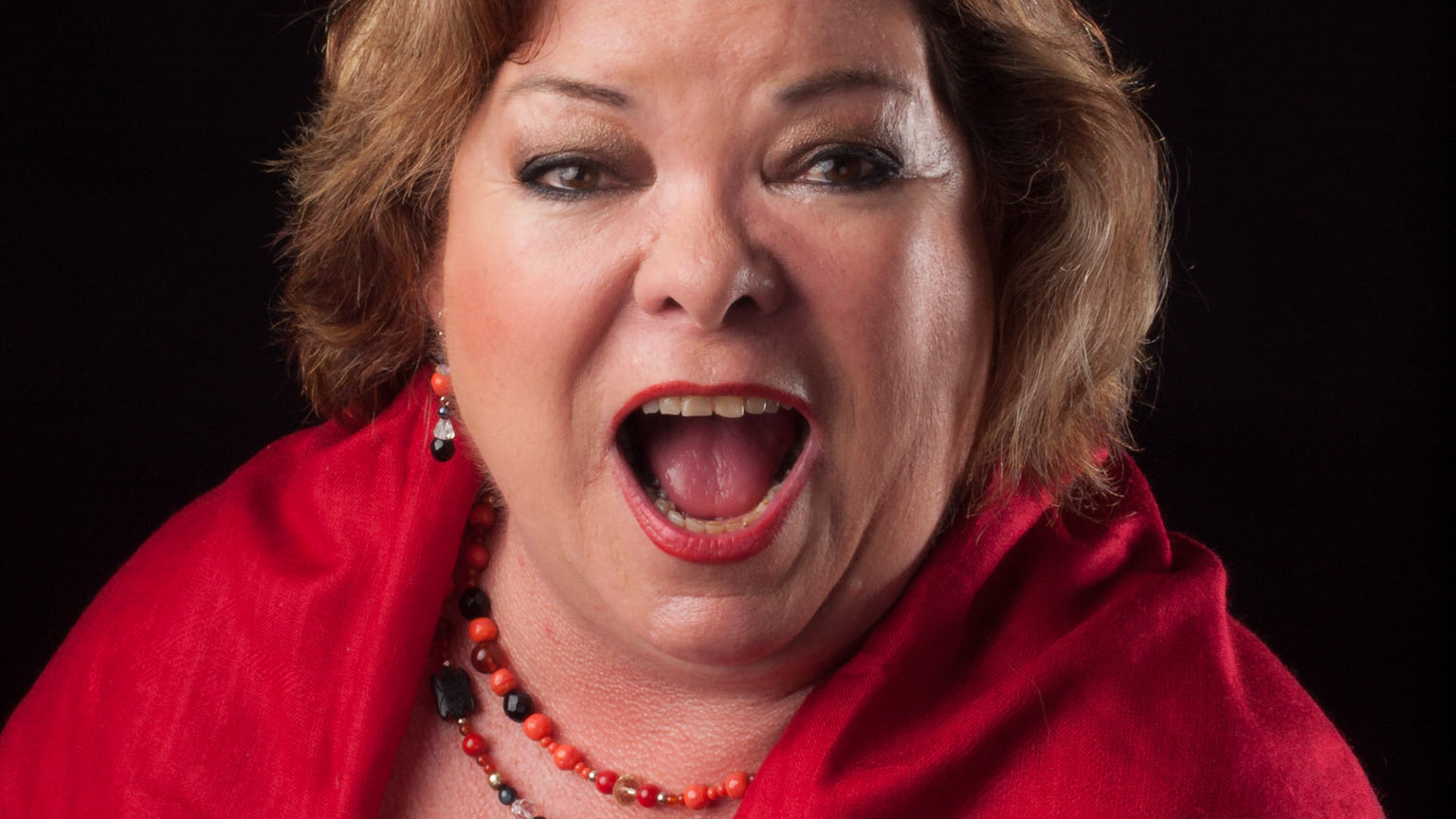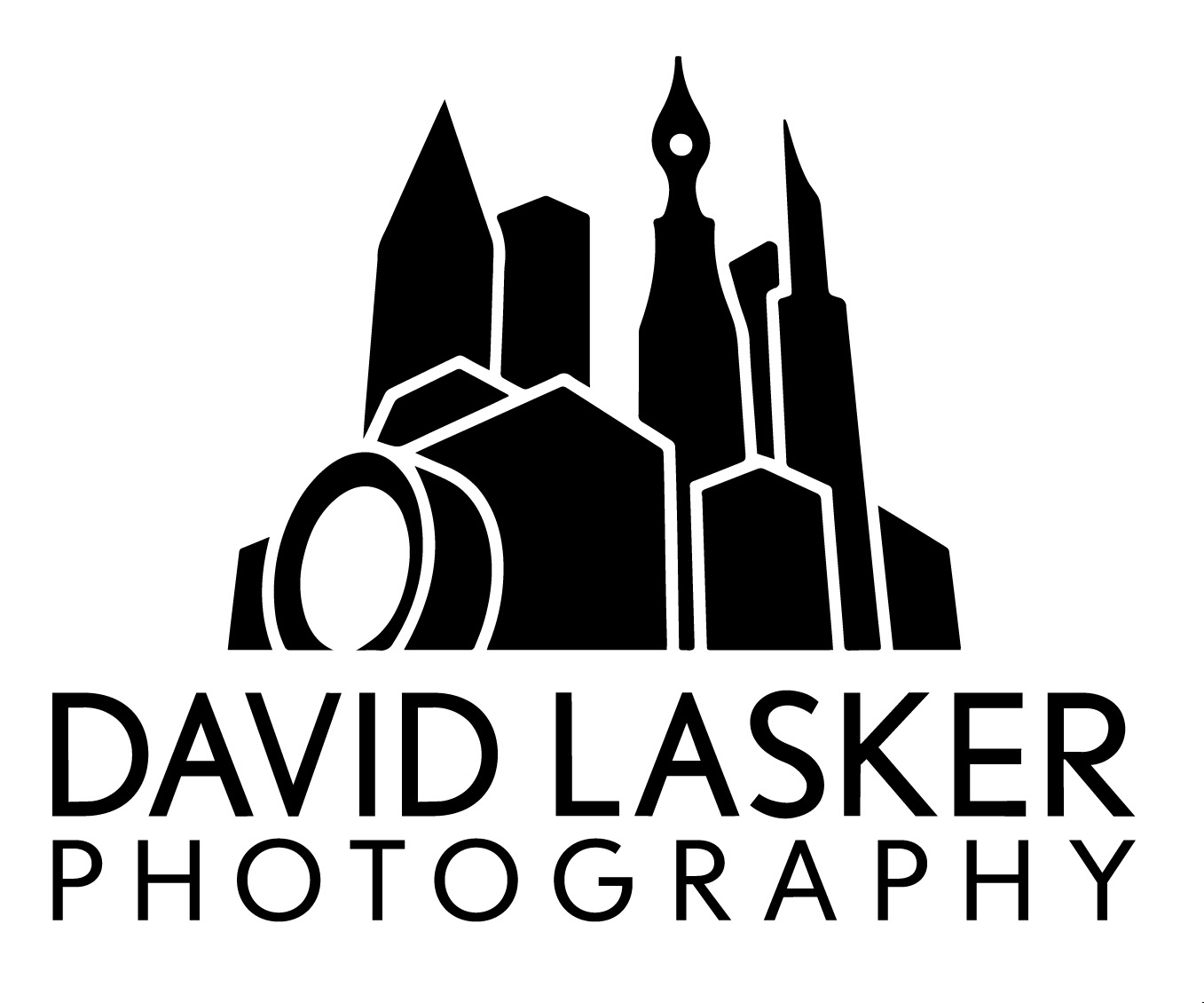Hi, I'm David Lasker!
We're particularly skilled at composition, cropping and lighting. Remember lighting? Like, you know, strobes, soft boxes and light stands? We have lots of lighting equipment and we know how to use it. It’s a scandal that so many so-called architectural photographers these days don’t bother to light their shots and rely instead on available light.¶ Back in the day when I was Canadian Correspondent for Interior Design magazine, Stanley Abercrombie, its Editor-in-Chief, penned an engaging editorial titled “Click!” that addressed the issue. Here is an excerpt:¶ “For use in this magazine, we need to have not just excellent photography but excellent photography of a particular type. Other magazines, those that cater primarily to consumers, like a type of photography that sacrifices detail for drama; deep shadows, strong contrasts and intentionally grainy effects can make striking and atmospheric magazine pages. This kind of photography is often the easiest to produce, relying only on available light sources or a few supplementary sources of strong light. But our own readers, design professionals, demand information as well as atmosphere. It can take hours, sometimes even half a day, to properly set up the lighting for a single photograph if that photograph is to show what our readers want to see: every texture and pattern, every detail of dado and frieze and baseboard, every chair leg.”¶ Telltale signs of shooting only with available light include an image that lacks sparkle, with washed-out, desaturated hues. Another is incongruous foreground shadows with loss of detail in large areas of the picture that no amount of “brushing up” in Lightroom or Photoshop can compensate for when information is missing because the camera sensor never recorded it in the first place. Such images have a synthetic, fake, over-processed look evoking renderings.¶ Then there are images with too much contrast (more dynamic range than the sensor can handle), resulting in whited-out views out the windows and, depending on the time of day, random jets of glaring sunlight (with blown-out highlights) streaming through the windows that overpower everything else in the room. The eye always goes to the brightest part of a photograph, so anyone viewing the photo gets confused and isn’t sure where to look. How does such a distracting photo serve the designer's intentions?¶ All that said, we add light only to the extent necessary to provide needed "fill," much as a conscientious event photographer shoots with a strobe and reflector not to drown people in light but to avoid afflicting their faces with "racoon eyes" (shadowy patches around the eyes). This restraint ensures that our images convey the designer's intentions for lighting in the room.





